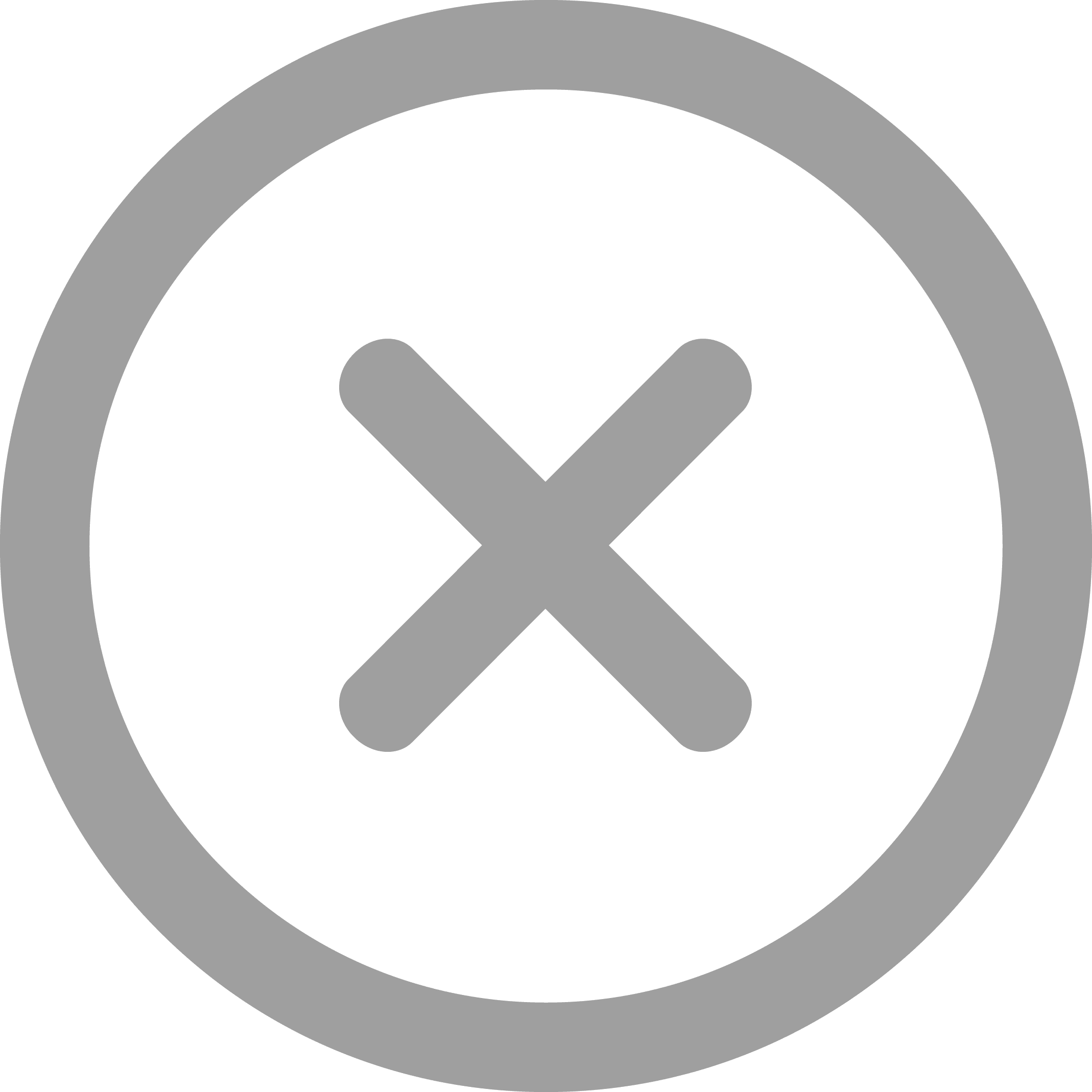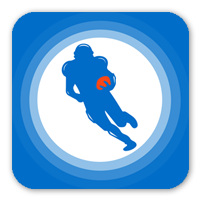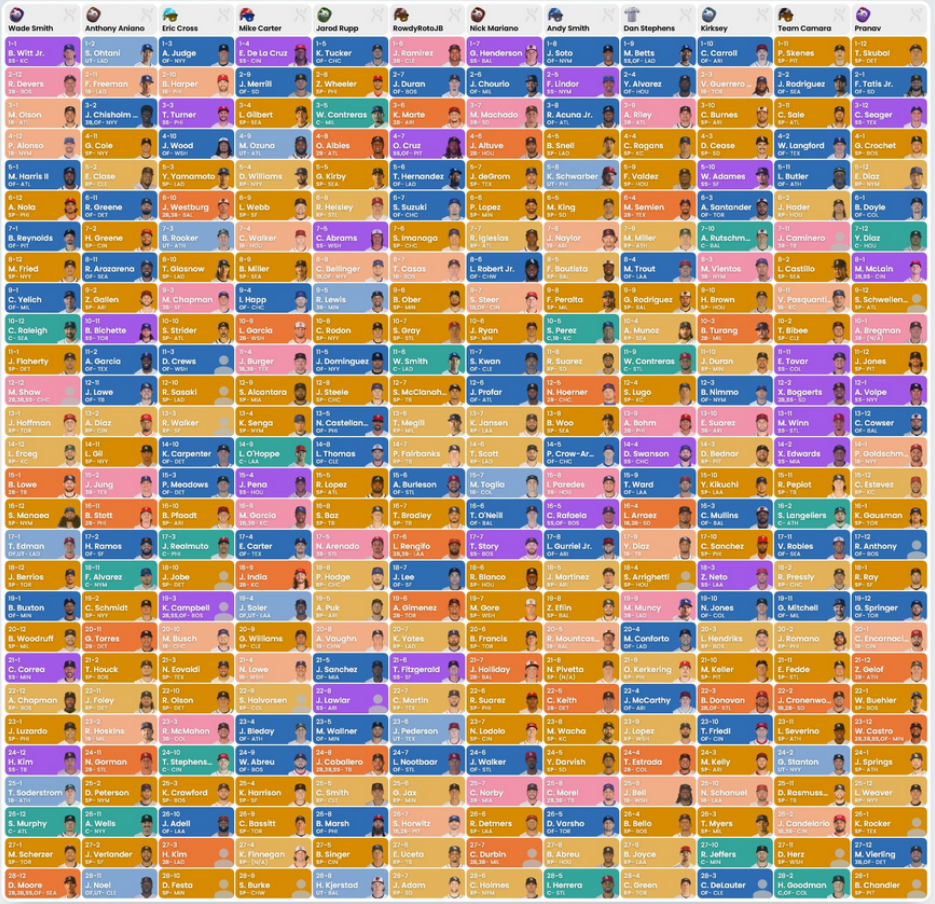Andy reviews the RotoBaller staff's 2025 fantasy baseball mock draft for roto leagues. Read his favorite picks, draft sleepers, values and draft strategies.
Mock drafts are an excellent draft-prep tool that simulates the feeling of being in the draft room. In a mock draft, you can test different strategies and experience the ebbs and flows of a fantasy draft. You can put your rankings to the test and see where your must-have players are being drafted.
However, not every draft is the same. You can take part in numerous mock drafts just to have your real draft take several different turns along the way. Another benefit to taking part in a mock draft is to help you adapt when things go against what you expect. That's why you should bookmark our free fantasy baseball mock draft simulator tool, enter your league settings, and get prepped!
In this piece, I will take a look at specific picks from several early-round picks that stood out to me and discuss several roster construction strategies. Be sure to keep following our preseason RotoBaller MLB content and follow me on X. Note that this draft took place during the week of February 12, and the fantasy baseball ADPs used in this piece were provided by the NFBC (the draft ran on Fantrax).
Be sure to check all of our fantasy baseball lineup tools and resources:- Fantasy baseball trade analyzer
- BvP matchups data (Batter vs. Pitcher)
- PvB matchups data (Pitcher vs. Batter)
- Who should I start? Fantasy baseball comparisons
- Daily MLB starting lineups
- Fantasy baseball closer depth charts
- Fantasy Baseball live scoreboard
- Fantasy baseball injury reports
The RotoBaller Mock Draft Participants
- Wade Smith
- Anthony Aniano
- Eric Cross
- Mike Carter
- Jarod Rupp
- JB Branson
- Nick Mariano
- Andy Smith
- Dan Stephens
- Ryan Kirksey
- Brad Camara
- Pranav Uppalapati
The RotoBaller Mock Draft Board
Round 1 - Fantasy Baseball Mock Draft
Bobby Witt Jr.: Pick 1.01 - Wade Smith
ADP: 1.9
Wade kicked off the draft with a little controversy. According to the NFBC, Shohei Ohtani has the lowest ADP (1.4), but Witt is not far behind. Taking Witt with your first pick is slowly becoming a popular trend, and I support it.
Ohtani underwent shoulder surgery in the offseason, which could limit his power. In addition, he will be returning to the mound later in the season, which could not only affect his playing time but also hinder his stolen base production. While he is one of the safest bets for counting stats and power, Witt may have a higher ceiling this season.
The former second-overall pick in the 2019 MLB Draft has continued to improve each season. Last summer, Witt posted a stellar .332/.389/.588 line with 32 home runs and 31 stolen bases. He added 125 runs and 109 RBI. Under the hood, he was placed in the 99th percentile in xBA, 98th in xSLG, and 100th in sprint speed.
He continues to improve and is one of the few "true" five-category options in the player pool.
I'm taking Bobby Witt with the 1.01 every time @TheReal_NFC #FantasyBaseball pic.twitter.com/zNgUmZv10W
— Andy Smith (@A_Smith_FS) February 2, 2025
Paul Skenes: Pick 1.11 - Brad Camara
ADP: 1.11
Brad was the first to take a starting pitcher, and he turned to the reigning NL Rookie of the Year. While Paul Skenes is currently the top pitcher in NFBC ADP, the reigning AL Cy Young winner, Tarik Skubal, is not far behind (and went to Pranav with the next pick).
Even though Skenes only has 133 big league innings under his belt, he flashed elite upside that warrants a first-round pick. He posted an incredible 33.1 percent strikeout rate (95th percentile) and was placed in the 97th percentile and 94th in xERA and xBA, respectively.
While there is risk, as he has never participated in an entire MLB season, the upside is immense. Skenes has a path to being the fantasy MVP if he performs at the same level he did in 2024 across a full season.
Round 2 - Fantasy Baseball Mock Draft
Francisco Lindor: Pick 2.05 - Andy Smith
ADP: 15.1
This might be the favorite pick I made in this draft. With the fifth selection in the second round (17th overall), I selected Francisco Lindor from the New York Mets, two picks later than his current ADP.
The 31-year-old will provide stable five-category production batting in front of Juan Soto and Pete Alonso. Last season, he held a .273/.344/.500 line with 33 home runs and 29 stolen bases. He added 107 runs and 91 RBI.
HE DID IT!!!!!!!!!
FRANCISCO LINDOR 2-RUN HOMER!!!!!!!!!!!!!! pic.twitter.com/gzHc1zxNuo
— SNY (@SNYtv) September 30, 2024
Shortstop is a top-heavy position (more on that later), and I wanted to ensure I left the first two rounds with a top option at that position. I was able to do so at a slight discount.
Rafael Devers: Pick 2.12 - Wade Smith
ADP: 33.2
When you are drafting from either the one or the 12 spots, it is crucial to "get your guys," as you will have to let every other team select two players before you get another chance at drafting.
With the final pick in the second round, and first in the third, Wade grabbed two corner infielders, Rafael Devers and Matt Olson. Both players were taken well above their current ADP, but given his draft position, Wade needed to reach for them to ensure he would get those players on his team.
Devers dealt with lingering shoulder injuries but still performed to his typical self, holding a .272/.354/.516 line with 28 home runs across 138 games.
Round 3 - Fantasy Baseball Mock Draft
Corey Seager: Pick 3.12 - Pranav Uppalapati
ADP: 45.2
Pranav was sitting at the back end of the draft and also reached for a player on his board, Corey Seager. Seager was selected almost nine picks earlier than his current ADP.
When he is on the field, there is no doubting his talent. Even though he will provide zero speed, he carries elite upside in the other four categories. The only problem with the two-time World Series MVP is his injury history. Seager has logged fewer than 125 games in each of the past two seasons.
In 123 games last summer, Seager held an elite .278/.353/.512 line with 68 runs, 74 RBI, and 30 home runs. Seager is a worthy player to reach for despite the injury risk, given his MVP-caliber bat.
Round 4 - Fantasy Baseball Mock Draft
Marcell Ozuna: Pick 4.09 - Mike Carter
ADP: 66.3
With the 45th overall pick, Mike Carter grabbed his utility pick, almost 20 picks prior to his ADP. Marcell Ozuna enjoyed one of the best seasons of his career last summer. Batting in the top half of the Atlanta lineup, the slugger held a .302/.378/.546 slash line with 39 long balls and 104 RBI. He added 96 runs.
While Ozuna provides no speed upside, Mike already took care of that category, grabbing Elly De La Cruz in the first round. Even though this is viewed as a "reach" on ADP, Ozuna carries immense power upside and is a great complement to Carter's top pick.
Gerrit Cole: Pick 4.11 - Anthony Aniano
ADP: 63.4
Anthony Aniano also went against ADP in this round, taking Gerrit Cole, who was also his first pitcher. Cole has been a consensus top pitcher in fantasy for the better part of his career, but Father Time has begun to catch up on him.
Last season, Cole missed half of the campaign due to elbow nerve inflation and was only able to log 95 innings. During this stint, Cole posted an underwhelming 25.0 percent strikeout rate (lowest since 2017) and a 3.41 ERA with a 1.13 WHIP.
He also generated the lowest ground ball rate since 2018 and saw his fastball lose just under two mph.
While Cole is not expected to decline too much in value, he does carry more risk this season than he ever has in his career.
Round 5 - Fantasy Baseball Mock Draft
Jacob deGrom: Pick 5.07 - Nick Mariano
ADP: 45.8
Nick Mariano got an excellent value in Jacob deGrom (relative to ADP) in the fifth round. With the 55th overall pick, Nick selected the two-time Cy Young winner, Jacob deGrom.
While deGrom has serious injury risks, as he has not pitched more than 70 innings in a single season since 2021, his upside on a per-inning basis is among the best in the sport.
Last season, across 10 2/3 innings, deGrom looked just as dominant as he held a stellar 1.69 ERA with a .1.13 WHIP. He struck out 14 batters and showed elite command with a 2.3 percent walk rate.
Round 6 - Fantasy Baseball Mock Draft
Jordan Westburg: Pick 6.10 - Eric Cross
ADP: 90.1
With the 70th overall pick, Eric Cross drafted the former Mississippi product 20 spots earlier than his ADP. Westburg enjoyed a breakout campaign in 2024 as he posted a .264/.312/.481 line with 18 home runs and six stolen bases. However, his underlying metrics suggest he could be stored for a massive 2025 campaign.
He placed him in the 92nd percentile in xBA and xSLG and flashed elite speed as he was placed in the 91st percentile in sprint speed. Batting in one of the top half of the best lineups in the sport, Westburg carries an elite five-category upside and is well worth an investment at this point of the draft.
I can't stop drafting #Birdland Jordan Westburg. 💥
90th %ile xBA/xSLG, .264/.314/.481, 18 HRs (more to come w/ Camden Yards tweaks)
80th %ile barrel/hard-hit rates
92nd %ile sprint speed 🚀🔥
FIRE ME UP (93.6 ADP @TheReal_NFC )#FantasyBaseball pic.twitter.com/5Ht2BAY9QC— Andy Smith (@A_Smith_FS) January 27, 2025
Now, let's look at some trends in the draft, such as the importance of positional scarcity and how it affects roster construction.
How Valuable are Outfielders?
In a five-outfielder league (like this one), it is imperative to anchor your team with at least one outfielder in the first two rounds. I went into the draft wanting to have at least two or three outfielders in the first handful of rounds and was able to do so, taking Juan Soto in the first and Ronald Acuna Jr. (knee) in the third.
While Acuna has a high injury risk (and is expected to miss time early) when he is on the field, he is an MVP candidate and worthy of a pick in the late third round.
However, given Acuna's injury risk, I should have been more aggressive in getting my third outfielder. However, sometimes values keep falling your way, and you must pivot, even if it means sacrificing depth at a position. I took players like Kyle Schwarber and Michael King instead of outfielders like Seiya Suzuki, Michael Harris II, or Bryan Reynolds.
Note: There have been reports during the early part of spring training that Schwarber could see time in the outfield, which would push him up draft boards significantly.
This is why mock drafts are so important. While I needed more outfielders on my team, I decided to pivot and grab great value options (in my book) at other positions. As a result, I could be in trouble if Acuna faces any type of setback. However, I could have multiple MVP candidates on my roster if he were a full-go by late April (as current reports suggest).
Or you could take Brad Camara's or JB Branson's strategy, as they were the first two teams to have three outfielders on their roster. Brad hammered the outfield position early, taking Julio Rodriguez in the second and then Wyatt Langford and Lawrence Butler in the fourth and fifth rounds. JB took his first outfielder, Jarren Duran, in the second, then grabbed Teoscar Hernandez and Seiya Suzuki in the fifth and sixth.
Pitching: Focus or Fade in 2025?
In typical standard leagues (like this one), each roster has nine pitcher slots. While saves are a category, most fantasy managers will likely leave three of these spots for relievers and have the other six designated for starters (as they will have a greater impact on the other four pitching categories).
Since I drafted hitters with my first three picks, I was already "slightly" behind the curve when it came to starting pitching. Instead, when I took my starting pitchers, I heavily emphasized upside, especially in the strikeout department. My first two pitchers were Blake Snell (round four) and Michael King (round six).
Snell has been a Cy Young candidate for most of his career, given the incredible 32.7 percent strikeout rate he has averaged the past three seasons. King transitioned to the rotation last season and improved as the year went on. After the Midsummer Classic, King held a stellar 2.15 ERA and a 1.12 WHIP with a 21:72 BB:K ratio.
My next two pitchers were Freddy Peralta and Bryan Woo. Peralta carries a decent strikeout upside, while Woo will stabilize my WHIP ratio, given his near-perfect command.
Almost all of the participants had three starting pitchers by the end of the tenth round. Wade was the only participant who had two starters at this point in the draft. However, the two pitchers he did have (Aaron Nola and Max Fried) are stable innings eaters. Nola has logged at least 190 innings in each of his previous three seasons, while Fried has logged at least 170 in each of his past two.
By doing this, Wade was able to draft elite hitters and provide himself with two stable pitchers that may not carry elite strikeout potential but will help keep his ratios stable as he takes chances on high-risk options later in the draft.
The "closer run" began in the fifth round and lasted until the eighth. Anthony Aniano kicked it off by taking Emmanuel Clase with the 5.02. In the same round, Devin Williams and Edwin Diaz were taken.
Then, in the sixth and seventh, four other participants got their top closer. Nick Mariano snagged Raisel Iglesias with the 79th pick. Iglesias is becoming one of my favorite options for saves if you choose to fade the options going in the fifth and sixth rounds.
Iglesias has tallied at least 30+ saves in each of his first two full seasons in Atlanta. The Braves should be even better in 2025, welcoming back a healthy Ozzie Albies, Austin Riley, and, more importantly, Ronald Acuna Jr. Iglesias has an easy path to lead the sport in saves and is typically the sixth reliever taken. He is the perfect RP1 to have at a surprisingly affordable ADP.
I ended the closer run by selecting Felix Bautista (elbow) from the Baltimore Orioles in the eighth round. Bautista is working his way back from Tommy John but is expected to be a full-go for Opening Day. If he begins to pitch in spring training games and his velocity remains stable, expect him to move up a round in ADP.
When looking for saves later in the draft, Brad Camara found two great values by selecting Ryan Pressly and Jordan Romano in the 18th and the 20th rounds. Both are older players and will be pitching on new teams in the 2025 season. However, despite their declining metrics, they are both penciled in to be the top ninth-inning option on competing rosters.
If both Pressly and Romano find a second wind, Brad could be in the driver's seat in the saves category.
How to Target The Infield?
Lastly, let's discuss how the participants targeted the infield.
First base is a top-heavy position with elite studs and several other mid-round options. Ryan Kirksey was the first to fill this position by taking Vladimir Guerrero Jr. with the 15th overall pick. Later in this round, Bryce Harper and Freddie Freeman went off the board, and Matt Olson went with the first pick in the third.
Besides Pete Alonso going to Wade Smith in the fourth round, the next first baseman was not taken until the seventh when I took Josh Naylor. Shortly after, most of the other drafters filled that position. Only Dan Stephens and Pranav Uppalapati waited until after Round 10 to take their starting first baseman.
Another top-heavy position in the infield is shortstop. Six shortstops (seven counting Mookie Betts) went off the board in the first three rounds. If you want a high-end option at this position, do not be afraid to reach for one with your first three picks.
Second base is one of the weaker positions in the infield. Jarod Rupp, JB Branson, and Nick Mariano were the only participants to target this position in the first four rounds of the draft. Seven drafters waited until the double-digit rounds to grab their option at the keystone.
However, this position could become quite deep if Jazz Chisholm Jr., Mookie Betts, or Alex Bregman pick up second base eligibility.
I followed the trends of the later group grabbing Nico Hoerner (elbow) in the 12th round. Hoerner is currently given a quite significant "injury" discount and is one of my favorite value picks at the position. Hoerner is a strong three-category contributor (low power and RBI), but given his elite speed (30+ SB in each of the past two seasons), he should have a much higher price tag.
Wade Smith also grabbed a high-upside value option at the position in Brandon Lowe. Lowe has a path to leading the position in home runs but has struggled to stay on the field.
Similar to first base, there were four options at third base (five counting Jazz Chisholm) taken within the first two rounds. While several of these options are elite bats, such as Jose Ramirez in the first round, or top bets for power and RBI, like Austin Riley and Rafael Devers, it may be more wise to fade this position.
This is the position that I chose to fade, and I took Isaac Paredes in the 15th round. Paredes will be moving to Houston, which may be the best venue for his playstyle. After struggling in Chicago during the second half of the season, expect Paredes to return to the 30+ HR upside he carried when he was a Tampa Bay Ray, given the dimensions in left field of his new park.
Anthony Aniano also waited until the 15th round to grab his starting third base and opted to take Josh Jung of the Texas Rangers. Jung held a strong .266/.35/.467 line with 23 long balls, 70 RBI, and 75 runs in 2023, but battled injuries during the 2024 season. He should be primed for a bounce back with a healthy spring training.
Lastly, the final position to highlight is behind the dish. Jarod Rupp was the first (and only) to target this position before the seventh round. With the 29th overall pick, Rupp selected the consensus top catcher, William Contreras. Contreras provides a substantial advantage behind the plate. Last season, he posted a .281/.365/.466 line with a career-high 23 round-trippers. He also added 99 runs and 92 RBI.
Most other participants took their backstop during the seventh through the 11th rounds. Only four teams waited until the 14th round (or later) to find their catcher.
Eric Cross selected J.T. Realmuto in the 17th round, which is one of my favorite picks in the draft. Realmuto has been a consensus top catcher throughout his career, but he is nearing the end of his prime. However, over the second half of last season, he posted a strong .272/.337/.451 line with seven home runs. While he may not have as much speed upside as he once did, he is still a strong bet to produce in the other four categories.
Nick Mariano chose not to select a catcher and will instead opt to play the waiver wire, chirping doubts that so many would hold a backup C once the season got going.
Mock drafts are an excellent way to practice different strategies and simulate what to do when your plan goes awry. Participating in many mock drafts is time-consuming, but the more you participate, the more you won't be surprised by what comes your way on draft day.
Download Our Free News & Alerts Mobile App
Like what you see? Download our updated fantasy baseball app for iPhone and Android with 24x7 player news, injury alerts, sleepers, prospects & more. All free!






 RADIO
RADIO

























